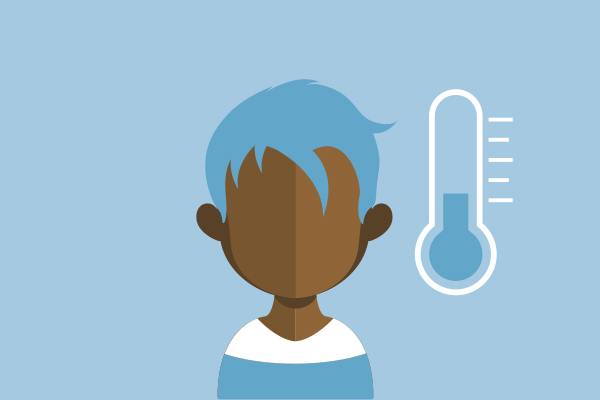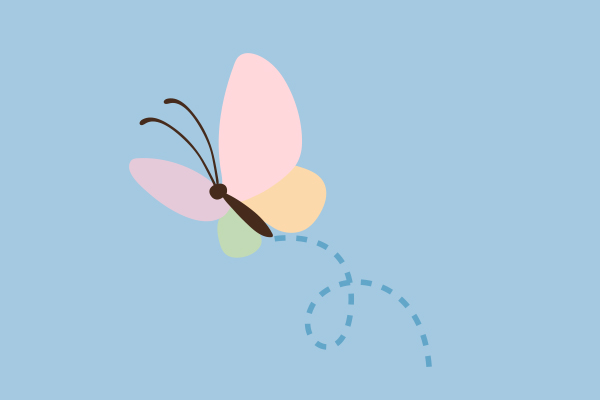The teachers identify the different levels of their own and their students’ participation based on the UNICEF scale “Children’s participation, from tokenism to citizenship” linking them experientially to the educational practice in order to reflect on their personal participation in the inclusion of refugee children in their school.
The teachers to:
- compare different levels of inclusiveness in a school activity and identify the differences between them,
- relate these levels to their educational experience as teachers and in their relationship with children,
- identify ways in which they can improve their personal involvement in joint actions and help their students become more active as well.
- identify elements and practices that make it difficult for students to participate in joint actions,
- enhance their personal involvement in the inclusion of refugee students in their school,
- choose participatory ways of cooperation among adults and among children.
Steps
- We place the chairs in a circle, no tables needed. In the middle of the circle, on the floor, we make a ladder with eight steps using paper tape. On each step we glue numbers from one (at the base) to eight (at the top).
- In this introductory activity, participants form two different shapes: trees, where two participants raise their hands and join palms. Squirrels, where participants bend their knees, forming a squirrel shape. The trainer begins with a story: “We are walking through a forest (motion to the participants to start walking inside the circle of chairs). The forest has trees (the trainer raises her hands and join palms with a nearby person, inviting others to follow, forming pairs of trees). And we walk in the forest (trees break up and everyone starts to walk again), and the forest has trees (group members form trees), and we walk in the forest (trees break up, everyone walks). But a proper forrest also has squirrels (the trainer bends her knees, inviting each member of the group to follow); And we walk in the forest (everyone stands up and starts walking again). And the forest has trees (palms are joined and trees are formed). But each tree has one, and sometimes two squirrels (some trees must be broken up and members change into squirrels who move under the trees; time is allowed for trees to form with one or two squirrels depending on the number of people). In this forest, the trees move horizontally, and they find a different squirrel (the squirrels stay where they are, while the trees move to a new squirrel). But the squirrels also change trees (now the squirrels move to another tree). And we walk in the forest…” We can have 1-2 more rounds of these changes from trees to squirrels and to squirrel trees. We change the frequency of the instructions. At the end of the activity, we go back to our chairs. Invite brief discussion with questions such as: What democratic culture skills did we use in this exercise? What is required for group members to work together equally and effectively?
- The trainer presents the ladder of participation: Roger Hart, an American professor of Environmental Psychology since 1979, investigated with a group of colleagues and students the levels at which children are invited to participate in environmental projects. In 1992, UNICEF included the results of Hart’s long-term research, entitled “Children’s Participation, from tokenism to Citizenship”, in its publications (https://www.unicef-irc.org/publications/pdf/childrens_participation.pdf) In this work, Hart identifies eight levels of inclusiveness: from manipulation, to children’s actions calling on adults to cooperate. Distribute Worksheet 1 to group members and briefly introduce the eight levels.
- We divide the whole group into eight. The facilitator invites one member from each group to take at random one of eight folded pieces of paper on which we have written numbers from 1 to 8. She asks the groups not to reveal their number. We give the groups 20 minutes to create a school scene that demonstrates, with a 2-minute role play, the level of participation that has occurred in the group.
- We invite a member of each group to take at random another one of eight folded papers on which we have written numbers from 1 to 8 and create a presentation order. Each group has up to three minutes to present – in the center of the circle of chairs – the scene they have prepared. After each presentation, we ask the plenary to point to the level they think they have presented. The facilitator collects the different numbers and asks the persons who pointed to them to justify their choice. At the end of this discussion, the group that showed the scene reveals the level and states its characteristics.
Evaluation
Feedback and reflection after each presentation.

Duration: 90 minutes
Materials/ Resources :
- Worksheet 1 (attached below)
- paper tape
- A4 Paper
- “Children’s Participation, from tokenism to Citizenship”, Unicef, available here.





